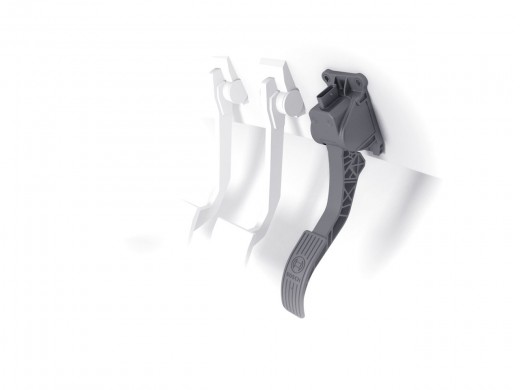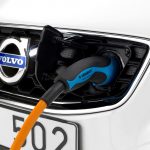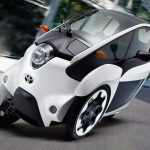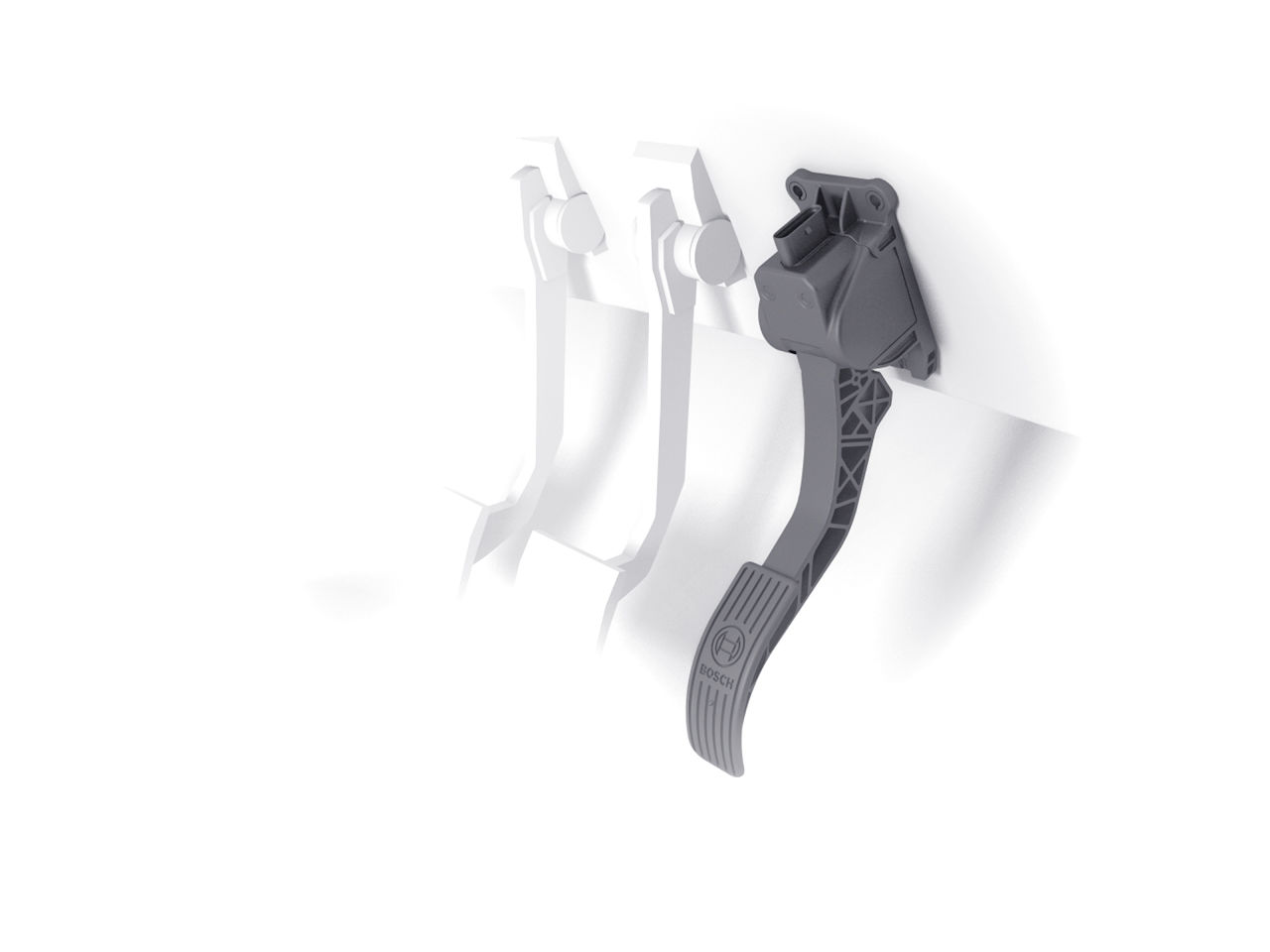How Bosch’s Haptic Feedback Pedal Could Change The Way We Drive
With cars becoming ever more connected and tech-enabled, drivers have little excuse not to drive sensibly, efficiently, and exactly to the desired destination. But, of course, most of us don’t drive efficiently and sensibly. We like speeding away at traffic lights or accelerating uphill, burning gas. And we still get lost.
Bosch has an idea to help us: It’s putting all the intelligence gathered by cars into signals communicated at foot-level. It thinks the pedal is a good place to communicate with drivers.
The German manufacturer’s “haptic” pedal knocks, vibrates, or gently pushes back (“counter-pressure” mode) opening up a new car-driver feedback mechanism. In tests, Bosch found that drivers respond ten times more quickly to the “active pedal” compared to alerts on the dashboard, and that drivers prefer haptics to the foot over haptics in the steering wheel.
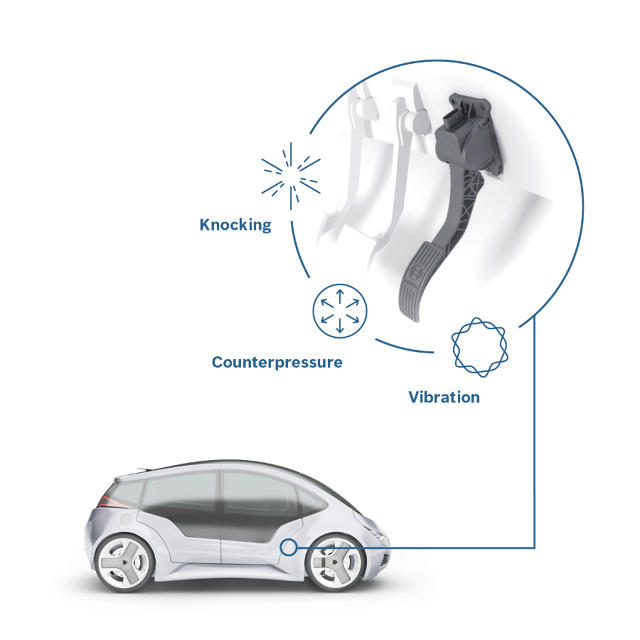
Bosch is currently talking with car manufacturers about incorporating the technology, and it’s likely to be available within two or three years, starting with premium models.
Andreas Niemann, Bosch’s director of product management, says the system could be used in lots of different ways. For example, hybrid cars could have a “pressure point” in the pedal, indicating when the engine is switching from battery to combustion engine mode.
“In today’s cars, drivers don’t feel directly when the combustion engine switches on. With the pedal, the driver would have to overcome the point at which it switches, so you could drive as much as possible in electric mode and only switch on the combustion engine when necessary,” Niemann says in an interview.
Using the car navigation, the pedal could tell you if you’re going too fast uphill to maintain efficiency. Or, the pedal might indicate when you can go into coasting mode, disengaging the clutch from the transmission. Together with the navigation system, the pedal might help you conserve energy so you can get to an electric charging station.
Bosch tested the active pedal against a conventional pedal over a varied 50-mile track. It found haptic feedback could reduce fuel consumption by 7%.
Niemann also points to the potential safety benefits. Working with a car’s navigation system or on-board radar, the pedal could alert drivers to oncoming curves, animals, traffic issues, or that you’re getting too close to the car in-front. It’s up to manufacturers to program the pedal depending on what they think drivers want.
The pedal sounds less intrusive than lots of blinking lights and noisy warnings. And it should stop your feet from getting tired on long journeys.
Fast Company , , Read Full Story
(69)

